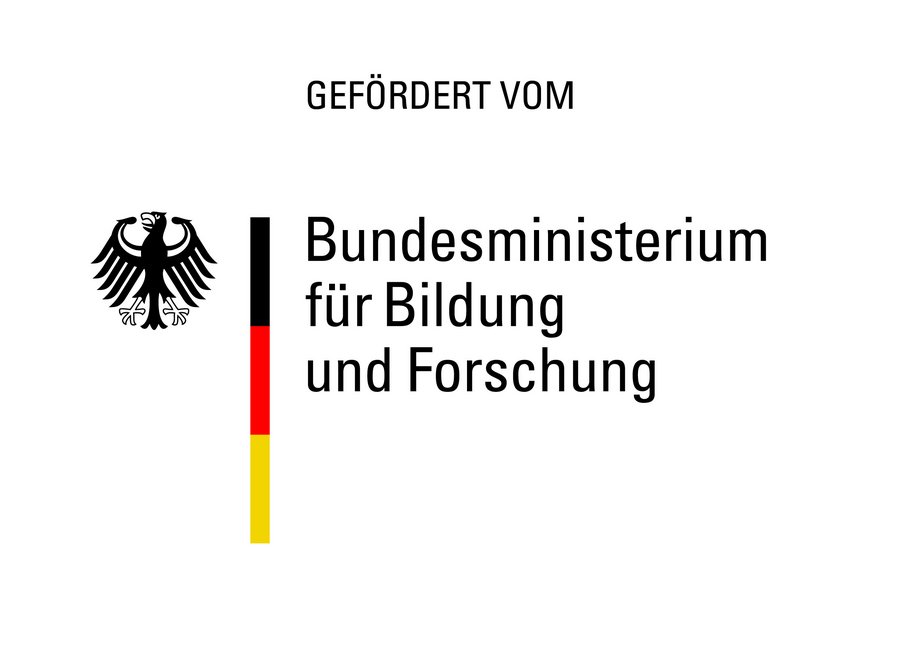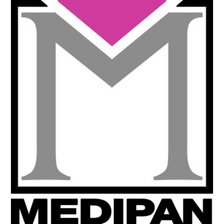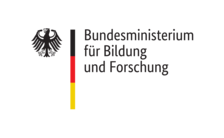Complete system for rapid antibiogram generation in nosocomal infections (KEAnI)
KEAnI is a BMBF-funded project with a duration of 2020 to 2023
The project is a cooperation between the KMU's MEDIPAN GmbH and GA Generic Assays GmbH and the research institutions Universität Greifswald and Brandenburgische Technische Universität Cottbus - Senftenberg.
The project coordinator is MEDIPAN GmbH.
A cooperation with the companies bi.flow Systems GmbH and PolyAn GmbH is planned.
Project Description
Infectious pathogens that cause sepsis must be detected, defined and combated in the shortest possible time. The success of treatment depends to a large extent on the speed of diagnosis. In
A technology consisting of a measuring device (hardware), innovative software and an assay is being developed for the joint project. The measuring device is based on a fluorescence microscope instrument, the assay on a microfluidic chip. The AKLIDESSystem from MEDIPAN GMBH and the VideoScan-System from BTU serve as the technological basis of the instrument. The AKLIDES system is already marketed worldwide by MEDIPAN GMBH in the field of autoimmune diagnostics; the VideoScan system is a research platform. Advantages of the new system to be developed here are the size of the device, the simple operability and the speed, which is based on the detectability of individual bacteria.
Within the subproject of the BTU, the microfluidic chip is being developed with which it will be possible to detect bacteria in the blood and their sensitivity to antibiotics after 3 hours. The microfluidic chip, as described above, is a core component of the overall system. New is the determination of reproductive bacteria in very small quantities. We assume that a number of 50 bacteria is sufficient to detect bacterial growth. The process consists of concentrating the bacteria of a patient sample in the microfluidic chip on a membrane. The bacteria grow on this membrane. By staining with fluorescent dyes, these can be detected and quantified by the device. A continuous measurement is carried out. The quantities of bacteria at different measuring points indicate whether a bacterium is growing or not. If a bacterium is resistant to an antibiotic, the number of detectable bacteria increases. If a bacterium is sensitive to an antibiotic, the number of detectable bacteria does not increase. By comparing the growth curves with a control, the resistance status becomes visible. It is therefore necessary to record several growth curves of one bacterium at the same time. This is achieved by either placing several incubation chambers (the location where the membrane is located) on a microfluidic chip or by continuously evaluating several microfluidic chips in parallel, which is made possible by a movable table on which the microfluidic chips are clamped.
The work packages of the BTU are divided into the main topics "Development of the microfluidic chip", "Establishment of staining protocols for the detection of bacteria in the microfluidic chip" and "Chip-based purification of the blood sample", i.e. separation of blood cells from the blood sample.
The microfluidic chip is designed within the thematic focus "Development of the microfluidic chip". Prototypes are produced by a subcontractor. These are optimized in cooperation with the cooperation partners and the subcontractor. The geometry and the supply structure of the microfluidic chip allow an integration into the AKLIDES and the VideoScan device and an optimal reading of the membrane surface. Membranes are defined which can be integrated into the microfluidic chip, with which bacteria can be concentrated and which do not show any self-fluorescence or are not stained unspecifically by fluorescent dyes. If necessary, the properties of membranes are modified. Nutrient media are adapted to the microfluidic properties which, despite modification, allow optimal growth of the selected bacterial species. In order to achieve a high sensitivity of the assay, adhesion of the bacteria to the walls of the incubation chamber must be prevented. This is to be achieved by changing the liquid flows or by surface modifications within the incubation chamber. Last but not least, focusing beads will be integrated into the main focus of the project to enable faster and more precise measurements.
Within the topic "Establishment of staining protocols for the detection of bacteria in the microfluidic chip", methods are being developed in which bacteria are stained non-specifically or specifically via fluorescence in situ hybridization (FISH). A non-specific staining facilitates the time-resolved quantification of the bacteria. FISH enables differentiation between the six selected bacterial species in a single step.
Within the thematic focus "Chip-based purification of the blood sample", eukaryotic cells of the blood are either destroyed or physically separated via membranes. The removal of dereucaryotic blood cells increases the sensitivity of the measuring system.
Contact

Brandenburg Technical University (BTU) Cottbus - Senftenberg
Faculty of Environment and Natural Sciences
Universitätsplatz 1
01968 Senftenberg
Prof. Dr. habil. Peter Schierack
E-Mail: peter.schierack(at)b-tu.de
Dr. Stefan Rödiger
E-Mail: stefan.roediger@b-tu.de





